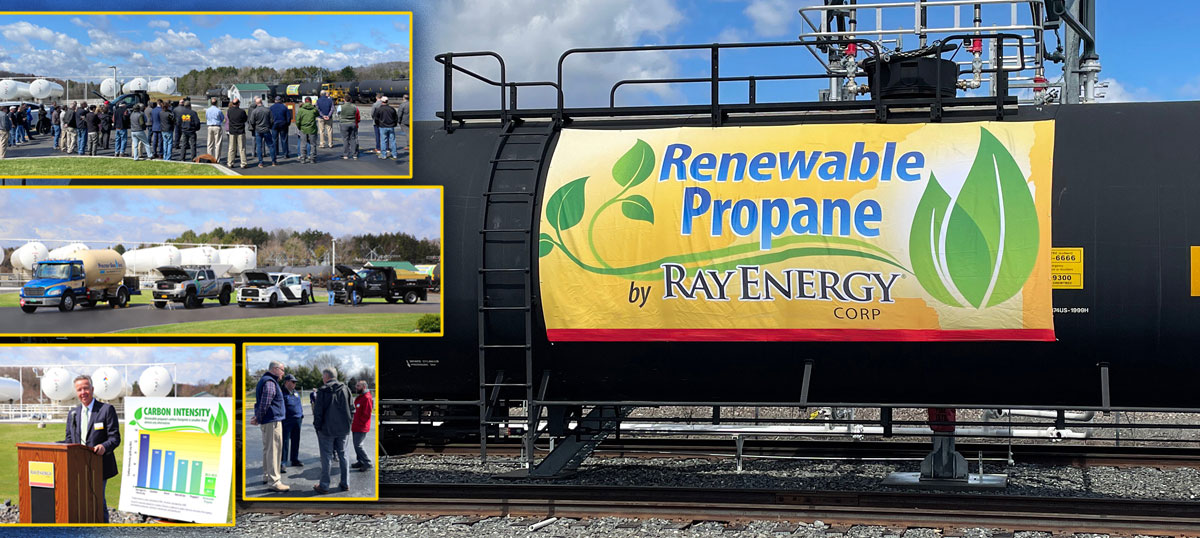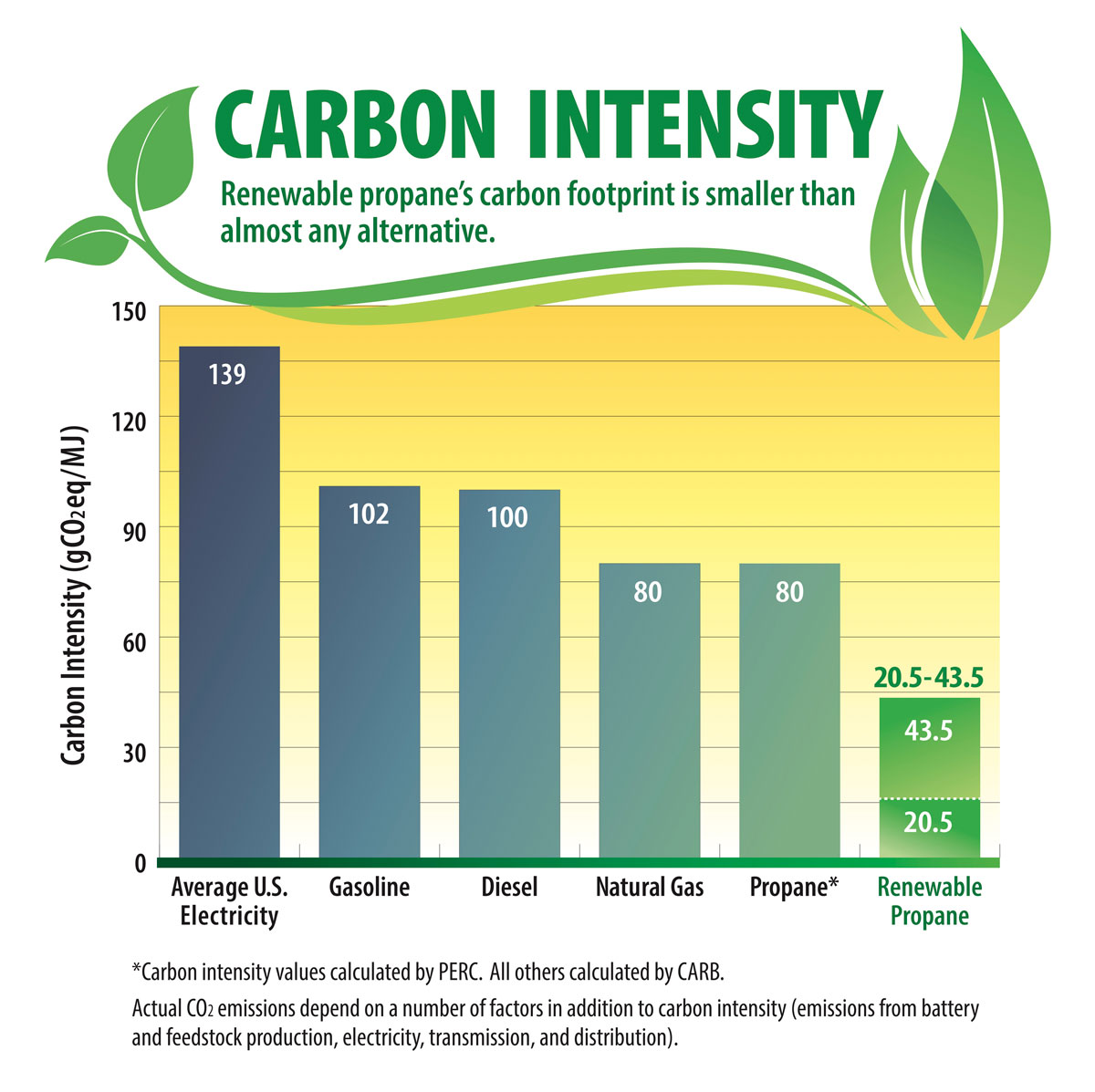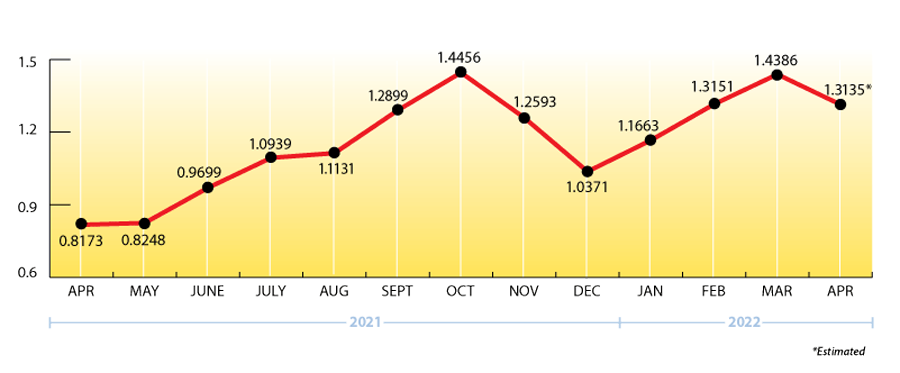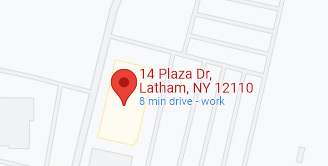Renewable Propane & Ray Energy

Renewable Propane Comes to the Northeast.
There are memorable dates throughout history, such as when American astronauts landed on the moon on July 20, 1969.
Tuesday, April 12, was the day when Ray Energy introduced the first-ever renewable propane railcars into the Northeast. It’s unlikely that date will go down in history but to paraphrase Neil Armstrong, it was one small step towards raising awareness about sustainably sourced propane and a giant leap forward down a viable path towards lower greenhouse gas emissions for mankind.
How Did Fossil Free Propane Start?
A customer from New York State asked me recently if propane would exist without fossil fuels. The answer is “Yes.” About seven years ago, researchers at several Biotechnology Institutes in England developed a synthetic pathway that enables the renewable biosynthesis of propane, proving that propane could be made from glucose with the introduction of an engineered enzyme.
Today, renewable propane is made from an eclectic slate of sustainable biomass feedstocks that are rich in fatty acids or glycerides, including oilseed crops like Camelina or “False Flax” which is a member of the mustard family.
The Good News Regarding Renewable Propane.
The good news is that the commercial production of renewable propane has been rapidly expanding and Ray Energy will continue to support it.
Can you Blend Renewable Propane with Conventional Propane?
Conventional propane (C3H8) is already green, with a lower carbon intensity than most other fuel sources including electricity.
But renewable propane has an even lower carbon intensity and it’s completely interchangeable with conventional propane for a wide range of applications that include autogas, home heating, cooking, drying, and back-up generators. No new equipment is needed.
And it’s made right here in America.

What’s Happening with Propane Prices?
Propane futures are indicating that prices should move lower over the next 12 to 24 months.
Not that they will. It’s impossible to predict price direction with any confidence when large scale, unpredictable global events are moving prices substantially higher or lower on a daily, if not hourly, basis.
With all of the volatility that’s out there, the main thing for retailers to remember is to always protect your margin and your customers by covering fixed-price sales (if you have them) with fixed-price purchases or by converting your index-priced supply over to a fixed-price, to stay in balance.
Propane Price Chart

Weekly Inventory Numbers
U.S. propane inventories showed a larger than expected build of 1.63 mmbbls. for the week ending April 15, 2022. To put this into perspective, the average weekly build last April was .379 mmbbls.
This brings national inventory levels to 36.99 mmbbls., about 9 percent behind last year and 16 percent behind the 5-year average.
PADD 2 (Midwest/Conway) inventories had a small draw of .37 mmbbls. They currently stand at 8.67 mmbbls., roughly 14 percent behind last year.
PADD 3 (Gulf Coast/Belvieu) inventories showed a robust build of 1.81 mmbbls. They now stand at 22.68 mmbbls., nearly 7 percent behind last year.
Export terminal premiums have been easing lately, a sign perhaps of spare dock capacity and weaker export demand.
The Skinny
Everyone reading this knows that conventional propane is a versatile, clean fuel with a lower carbon intensity than electricity. Renewable propane has an even greener footprint.
Unfortunately, many states are under a constant barrage of ever-increasing bills and referendums to electrify everything tomorrow. The enormous cost and lack of consumer energy choice may create massive social inequity and a lower quality of life. One New England state can be legally sued for not reducing 3.46 million metric tons of carbon dioxide (the equivalent of nearly every gallon of gasoline and diesel sold in the state last year) by 2030.
Renewable propane is the future for our children and grandchildren. It’s a viable path forward to lower greenhouse gas emissions. And it is here now.
We need to get legislative bodies to give renewable propane a fighting chance, with the same subsidies and incentives that electricity is offered. Our industry always does well with a level playing field.
And the politicians that like electricity should love renewable propane.
Get Stephen's insights on propane delivered to your inbox every month.
Sign up for our monthly newsletter here.
For more frequent updates and industry news, join us on LinkedIn.
NOTE: The views and opinions expressed herein are solely those of the author, unless attributed to a third-party source, and do not necessarily reflect the views of Ray Energy Corp, its affiliates, or its employees. The information set forth herein has been obtained or derived from sources believed by the author to be reliable. However, the author does not make any representation or warranty, express or implied, as to the information’s accuracy or completeness, nor does the author recommend that the attached information serve as the basis of any buying decision and it has been provided to you solely for informational purposes. © 2011-2021 Ray Energy Corp. All rights reserved. Any reproduction, representation, adaptation, translation, and/or transformation, in whole or in part by whatsoever process, of this site or of one or several of its components, is forbidden without the express written authorization from Ray Energy Corp.

